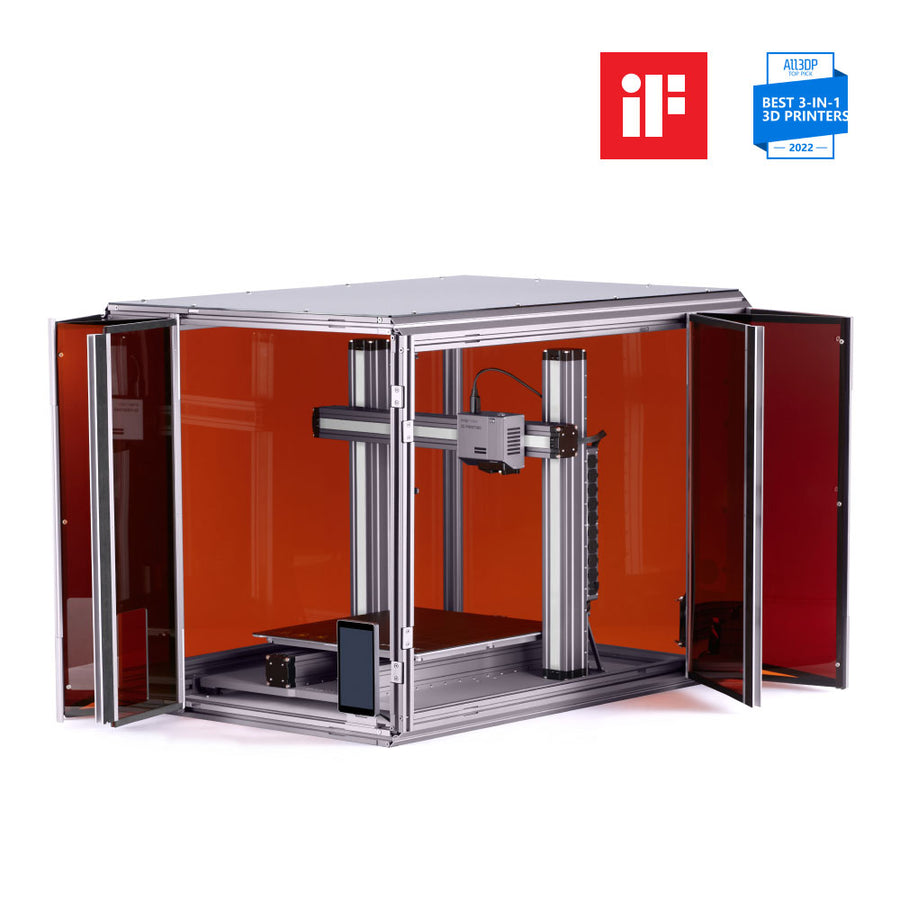3D printing is one of the most satisfying technologies to involve yourself in. The production and how it works is just so magical. But sometimes, they might fail your expectations. Either because you missed something or the printer has a problem. So, in this article, we will discuss some common issues that generally occur to printers and how you can fix them.
Sometimes, you need your 3D printer to run ASAP, but you need more time and money to call the expert. Commonly witnessed problems are layers failing to attach, stringing, and overheating. Therefore, try the following;

- FAILURE IN LAYER ATTACHMENT
You might have set everything here, but the 3D printer output does not attach well to the printed surface. Note that the first layer binds the whole printing process, so its failure means there won’t be any project printed and even warp. What might have caused this was when the printer was not leveled, which caused a problem with adhesion.
- Solution
- Check out the verticals or Z axes to see if they are in the correct height, which will help the printer create the right amount of pressure between the nozzle and bed as it prints the essential first layer.
- Secondly, ensure the print bed is clean; no grease might prevent the material from sticking properly.
- Lastly, adjust your bed temperature while keeping it high enough to prevent the plastic from cooling down and curling. If it still spirals upward, increase a slight temperature until you are satisfied with the results.
With 3D printing technology, their delicately balanced operations cause issues. Therefore, looking for high-accuracy 3D printers would be better to help eliminate temperature moderation. Unfortunately, beginners often lack the necessary skills to manage the above technical issues. Still, Snapmaker A350T 3D printers will altogether avoid these issues, or they can rely on the manufacturer’s ideal setting until they master the needed skills to maneuver further.

